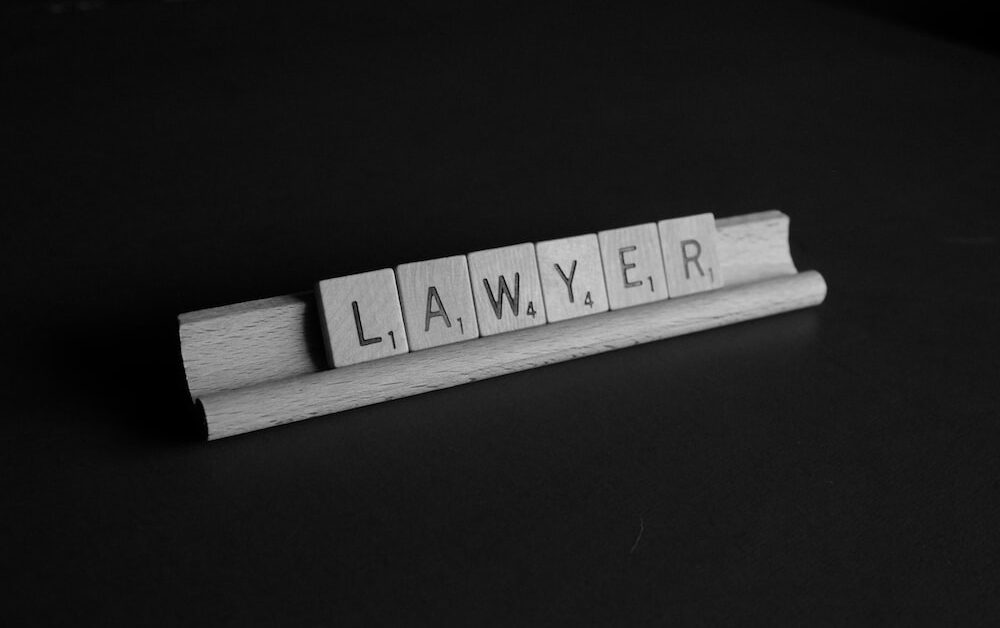Commercial retaining wall projects come with a myriad of challenges, and one crucial aspect that demands unwavering attention is liability mitigation. To navigate the professional landscape as a commercial retaining walls lawyer, it’s essential to have a comprehensive understanding of potential risks and employ proactive strategies to mitigate liabilities. In this guide, you will explore key risk mitigation strategies that can serve as a roadmap for lawyers involved in retaining wall projects.
Contents
- 1 1. Due Diligence in Assessment
- 2 2. Regulatory Compliance: Navigating Local Codes
- 3 3. Contractual Clarity: Drafting Agreements for Success
- 4 4. Environmental Impact Assessment
- 5 5. Insurance Coverage: Safeguarding
- 6 6. Dispute Resolution Mechanisms
- 7 7. Constant Communication: Mitigating Misunderstandings
- 8 8. Documentation: A Shield Against Legal Challenges
- 9 9. Monitoring and Quality Control
- 10 10. Evolving with Industry Standards: Future-Proofing
1. Due Diligence in Assessment
Before breaking ground, a thorough due diligence process is imperative. The attorney must scrutinise the site’s geological conditions, drainage patterns, and potential environmental impacts. This initial assessment lays the foundation for risk identification and allows for the implementation of targeted legal strategies for risk mitigation.
Understanding and adhering to local building codes and regulations is paramount in retaining wall initiatives. Lawyers should be well-versed in the intricacies of zoning laws, permits, and environmental regulations applicable to the specific location. Failing to comply with these regulations can expose all parties to significant legal liabilities.
3. Contractual Clarity: Drafting Agreements for Success
Crafting clear and comprehensive contracts is a fundamental risk mitigation strategy. Lawyers must ensure that contracts explicitly outline the scope of work, timelines, and the responsibilities of each party involved. By anticipating potential disputes and addressing them in the contract, legal professionals can proactively reduce the likelihood of litigation down the road.
4. Environmental Impact Assessment
Retaining wall projects can have environmental implications, and lawyers must guide their clients through a thorough environmental impact assessment. This involves evaluating its potential impact on the surrounding ecosystem and taking appropriate measures to mitigate any adverse effects. Addressing environmental concerns from the outset is crucial in minimising legal repercussions.
5. Insurance Coverage: Safeguarding
Within the unpredictable realm of construction projects, unforeseen events can disrupt timelines and incur unexpected costs. Lawyers play a pivotal role in ensuring clients have adequate insurance coverage to protect against potential liabilities from accidents, natural disasters, or other unexpected occurrences. The right insurance provides a safety net for all parties involved in the initiative.
6. Dispute Resolution Mechanisms
Despite the best-laid plans, disputes may still arise during retaining wall projects. Lawyers should incorporate effective dispute resolution mechanisms into contracts, such as mediation or arbitration clauses. These alternative dispute resolution methods can streamline conflict resolution, potentially saving time and costs compared to traditional litigation.
7. Constant Communication: Mitigating Misunderstandings
Effective communication is a cornerstone of risk mitigation. Lawyers must encourage open and transparent communication among all stakeholders, fostering a collaborative environment. Regular updates and clear channels of communication help prevent misunderstandings that could escalate into legal disputes.
8. Documentation: A Shield Against Legal Challenges
Thorough documentation throughout the project lifecycle is a powerful tool for liability mitigation. Lawyers should advise clients to maintain detailed decisions, changes, and communications records. This documentation serves as a shield against potential legal challenges, providing a transparent and traceable history of its progression.
9. Monitoring and Quality Control
Lawyers must emphasise the importance of continuous project monitoring and quality control. Implementing robust monitoring processes helps identify and address issues in real time, reducing the likelihood of costly disputes. By emphasising the importance of quality control measures, lawyers contribute to the overall success and longevity of the retaining wall project.
10. Evolving with Industry Standards: Future-Proofing
The legal landscape surrounding construction projects, including retaining walls, is constantly evolving. Lawyers must stay informed about industry standards, regulatory changes, and emerging best practices. By staying ahead of these developments, legal professionals can help clients adapt and future-proof their initiatives against potential legal challenges.
In conclusion, for a commercial retaining walls lawyer, navigating the legal intricacies of such projects necessitates a proactive and comprehensive approach to managing potential risks. They are central in guiding clients through due diligence, regulatory compliance, contractual clarity, and effective dispute resolution. By implementing these risk mitigation strategies, legal professionals contribute to the success and longevity of retaining wall projects while safeguarding their clients from potential liabilities.

